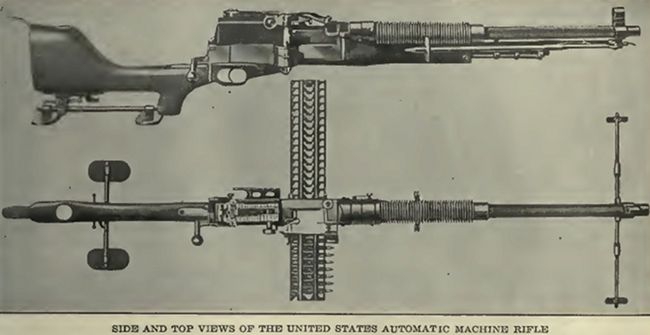I mainly chalk it up to budget cuts and the depression with the government effectively gutting the military R&D budget, up until the Pacific War and even then.
Has for infantry machine guns I'd take it they'd be using something similar to the MG-13 or MG-30 during SGW.
Also any chance the US would have used female soldiers during the war, same has the Soviets with some rather renowned female snipers, pilots and tank drives.
Huh. Well an air-cooled system for sure! @cortz#9 might be up for making an LMG for the US Army that might not be based on a Browning design. Would be cool to see of course. Come to think of it we might see a different gun altogether despite it taking the same caliber round. Perhaps US soldiers would call their MGs a ".30 cal" but the design itself would be totally different.
As for female soldiers being in the US Army in TL-191, in frontline roles similar to the Soviets - no. Hard no, in my opinion.
Its not that I'm opposed to the idea and it would be fun to see, but even in TL-191 its hard to see American women being allowed to fight in that capacity. A lot of factors played into the decision for women in the Soviet Union to fight in frontline roles - political, social, military, all unique to Russia actually. In this world though even black men aren't allowed to fight in any serious capacity, either in the US and far less so in the CS, let alone women. Despite one instance of black men fighting for the CS of all things in the Great War, we may actually be looking at a time period where those kinds of social issues have been set back by decades.
Don't mean to dampen the optimism here, but other than auxiliary, clerical, medical and administrative roles behind the front lines, women in the US military would probably not see frontline line action. The only way I can see American women fighting is if they were in a guerrilla bands in Ohio or something. Despite socialist presidents in the US, that kind of thing would be hard sell for men in the military at this time.




